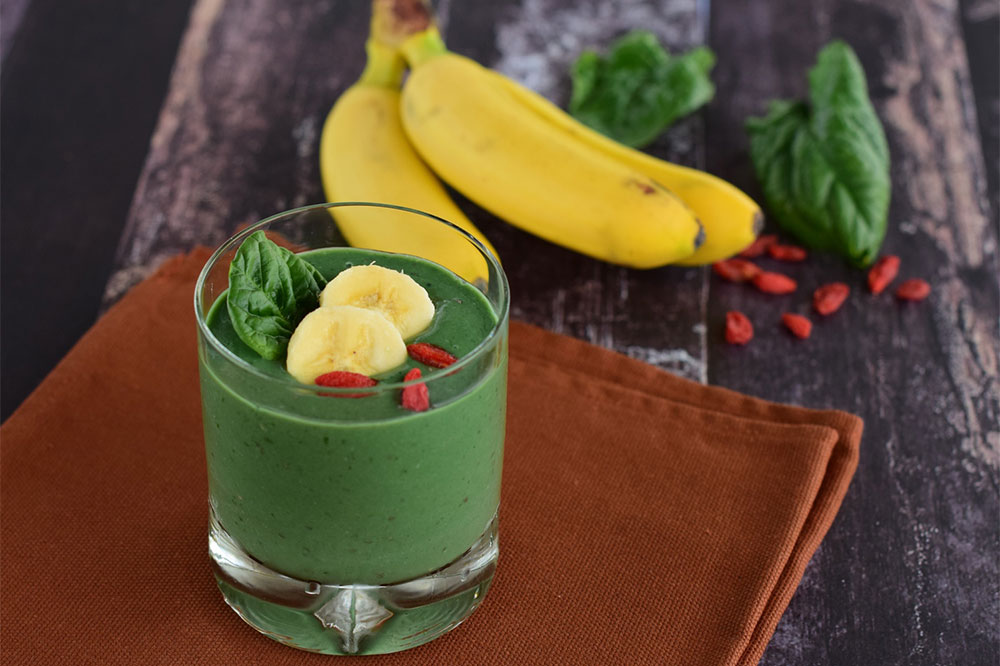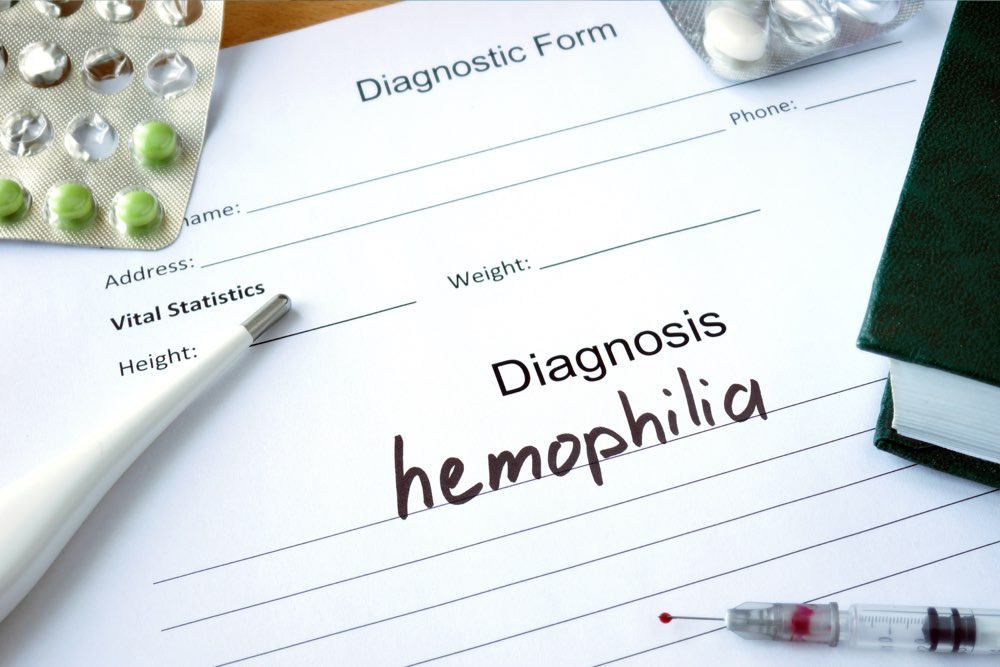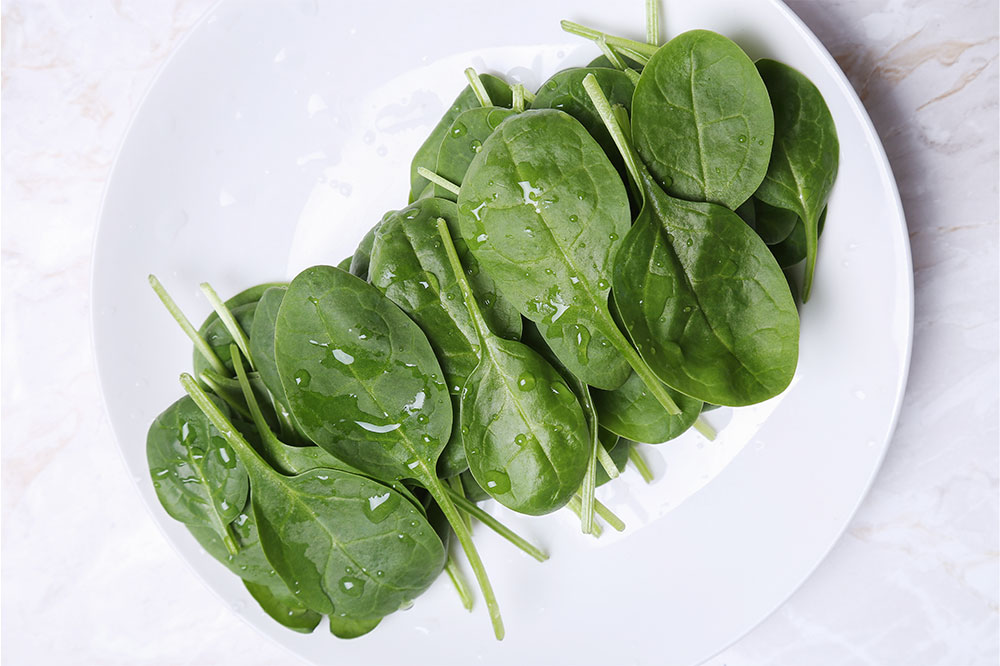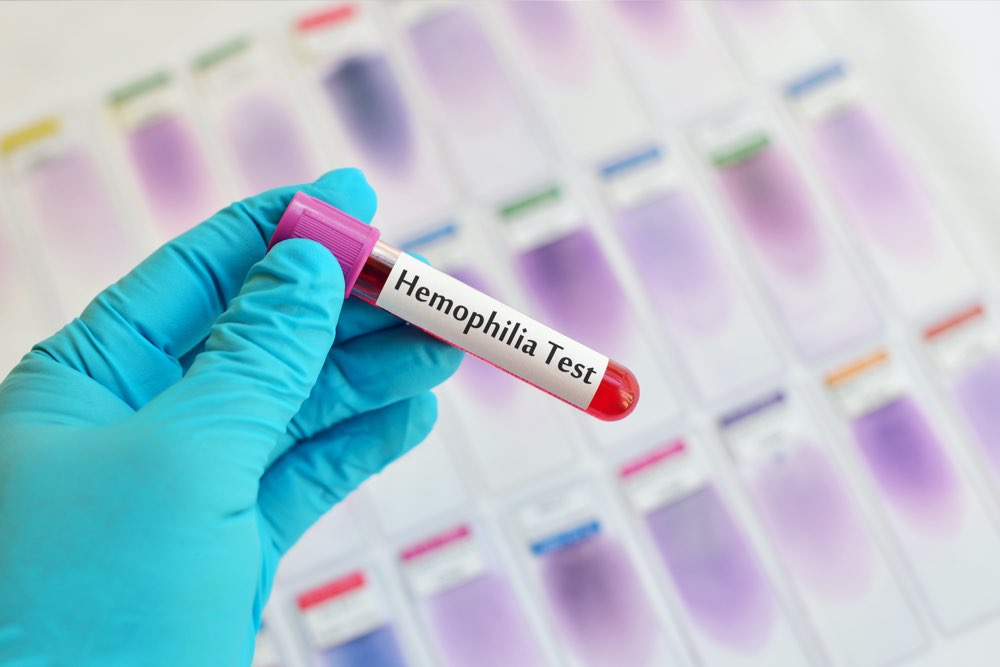Effective Nutritional Approaches to Manage Hemophilia Successfully
Discover comprehensive nutritional strategies for managing hemophilia effectively. This article covers essential foods like whole grains, calcium-rich items, leafy greens, and iron sources to help reduce bleeding risks and improve overall health. Learn how diet plays a vital role alongside medical treatment in controlling hemophilia symptoms and enhancing quality of life.

Effective Nutritional Approaches to Manage Hemophilia Successfully
Hemophilia is a complex, inherited bleeding disorder that primarily affects the blood’s ability to clot properly. This condition, which typically becomes evident in early childhood, can lead to frequent and potentially serious bleeding episodes, both internally and externally. The underlying cause of hemophilia is usually a deficiency or absence of specific clotting factors — proteins essential for blood coagulation. Occasionally, immune system issues can also contribute to this disorder, further complicating management strategies.
While modern medical treatments such as clotting factor replacement therapy, physical therapy, and vaccinations are indispensable for controlling symptoms and preventing life-threatening complications, emerging research underscores the essential role of diet and nutrition in hemophilia management. Proper dietary choices can help stabilize symptoms, support overall health, and reduce the risk of bleeding episodes. This comprehensive guide explores the most vital foods and nutrients that people with hemophilia should consider incorporating into their diets to enhance their health and quality of life.
Whole grains
Choosing whole grains such as oats, brown rice, and barley provides a wealth of dietary fiber, vitamins, and minerals that are crucial for maintaining good health. For individuals with hemophilia, incorporating these grains into daily meals offers multiple benefits. They help regulate blood sugar levels, preventing spikes that can stress the cardiovascular system. This regulation is particularly important, as cardiovascular disease is a common concern that may exacerbate health issues in hemophilia. Additionally, whole grains are known for their anti-inflammatory properties, which can help diminish internal bleeding episodes by reducing chronic inflammation — a known contributor to blood vessel fragility.
Beyond their anti-inflammatory effects, whole grains contribute to improved digestion and gut health, which enhances nutrient absorption. Sustained energy release from these complex carbohydrates supports physical activity, an essential aspect of maintaining strength and preventing osteoporosis in people living with hemophilia.
Calcium-rich foods
Calcium plays a fundamental role in strengthening bones and teeth, an aspect that is particularly crucial for individuals with hemophilia who are at higher risk of bleeding into joints and bones. Adequate calcium intake can help prevent osteoporosis and reduce the incidence of fractures, which can cause bleeding and further complications. Dairy products including milk, yogurt, and cheese are primary sources of calcium that are easy to incorporate into the diet. For those who are lactose intolerant or prefer plant-based options, fortified plant milks, leafy greens, and calcium-fortified foods offer equally valuable benefits. Oily fish such as sardines and pilchards are also potent sources of calcium and additional nutrients like omega-3 fatty acids, which support overall cardiovascular health — an important factor for individuals with bleeding disorders.
Proper calcium intake, combined with weight-bearing exercises, can significantly improve bone density and reduce fractures, thereby minimizing bleeding risk caused by bone injuries.
Green leafy vegetables
Dark, leafy greens such as kale, spinach, collard greens, cabbage, and beet greens are nutritional powerhouses. Rich in essential minerals, vitamins, and antioxidants, these vegetables are especially important for hemophilia management because they contain vitamin K — a critical element for proper blood clotting. While vitamin K plays a complex role in coagulation, maintaining balanced levels through diet supports healthy blood clotting processes without increasing clotting risks when consumed in moderation. These vegetables also promote bone health due to their high mineral content. Including a variety of greens regularly in meals can help mitigate bleeding risks associated with vitamin deficiencies and support overall health.
Furthermore, green vegetables contribute to immune function, reduce inflammation, and support cardiovascular health. Eating a diverse array of leafy greens ensures a spectrum of nutrients that work synergistically to optimize health outcomes in hemophilia management.
Iron-rich foods
Iron is indispensable for the production of hemoglobin — the protein in red blood cells responsible for transporting oxygen throughout the body. For individuals experiencing bleeding episodes, replenishing iron stores swiftly is critical to prevent anemia, fatigue, and reduced muscle function. Foods rich in iron such as dark chocolate, white beans, baked potatoes, lean meats, and fortified cereals can help meet increased iron demands. Pairing plant-based iron sources with vitamin C-rich foods like peppers and citrus enhances iron absorption, making dietary choices more effective. Adequate iron levels accelerate recovery from bleeding episodes, improve energy levels, and promote overall vitality, which are vital for maintaining daily activities and long-term health in people with hemophilia.
It’s important to regularly monitor iron levels, especially in individuals with frequent bleeding episodes, to avoid potential complications like iron overload or deficiency. Combining diet with medical guidance ensures optimal iron balance and health safety.





